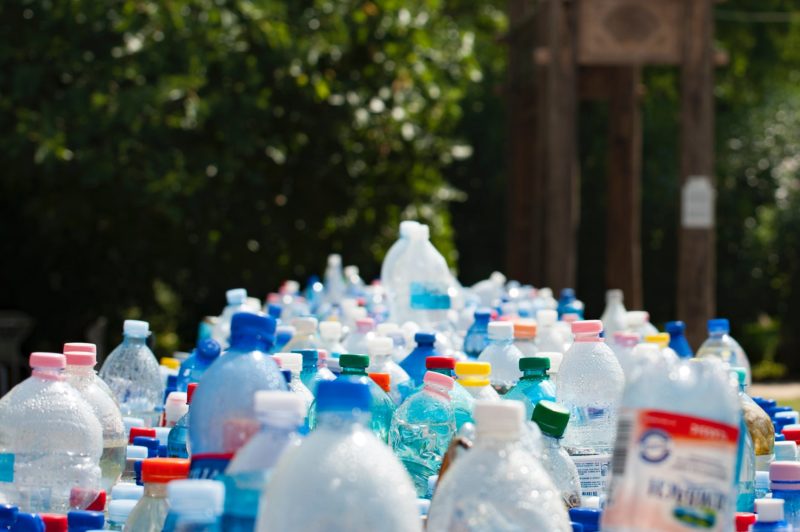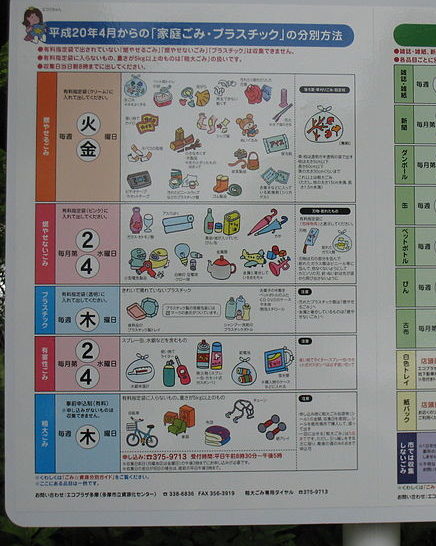New recycling regulations in China create pile-up in U.S.

The United States produces the most recyclable waste in the world, more than half of which is bought by recycling mills in other countries. The majority of it went to China, who bought about two thirds of the paper and aluminum scraps recycled in the US. However, starting January 1, 2018, new regulations went into place in China which restricted what plastics will be accepted to be recycled. Additionally, as of March, China placed a limit on what percentage of a bale to be recycled can be other waste, such as food waste or non-recyclable garbage. As a result, the US market has had to find other outlets for their recycling. Some is being sent to other countries or to developing US recycling mills, but the price for scrap has still taken a downturn. Further, because sending waste to China allowed the returning ships to deliver goods to the US, it was more cost effective than sending scrap elsewhere. As the US struggles to deal with the new surplus, some recycling processors are holding onto their waste hoping prices will go up, while some states are granting waivers that will allow recyclable waste to go into landfills.

The changes were made in part because of the cost and labor needed to separate waste from recyclable material, which was often done by hand in China. This process resulted in waste which must be disposed of in China and presents a health hazard to workers. The new restrictions limit a bale to being at most 0.5% waste, while previously bales may have contaminated by as much as 10% waste. Many recycling programs in the US are ‘single stream’ so all materials go into the same bin and are separated at the facility, which also results in contaminants; in some cases these contaminants have caused fires or explosions at processing facilities. Additionally improper recycling, such as thin plastic bags, can jam machines and slow the process, costing time and money.
Other countries have dealt with this problem in another way. Rather than facilities or overseas workers sorting and cleaning recyclables, Japan has strict recycling guidelines which residents and companies must abide by. There are four categories and further subcategories into which waste must be properly sorted. Companies are required by law to do so, and residents who improperly sort are publicly cited, which can lead to public shame or, in some cases, problems with landlords if the issue is persistent. This program began in Japan due to the lack of space to bury garbage and the environmental cost of burning trash.
Sources and Further Reading:
Amid Trade Feud, Recycling is in Danger of Landing on Trash Pile – Wall Street Journal
U.S. Recycling Woes Pile Up as China Escalates Ban – BNA Bloomberg
China’s Import Policies are Affecting U.S. Recycling Companies – NPR
A Guide to Trash and Garbage Disposal in Japan – Japan Info
